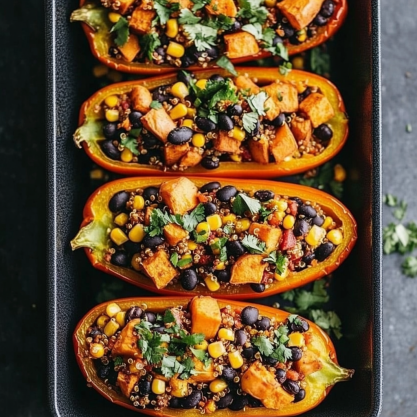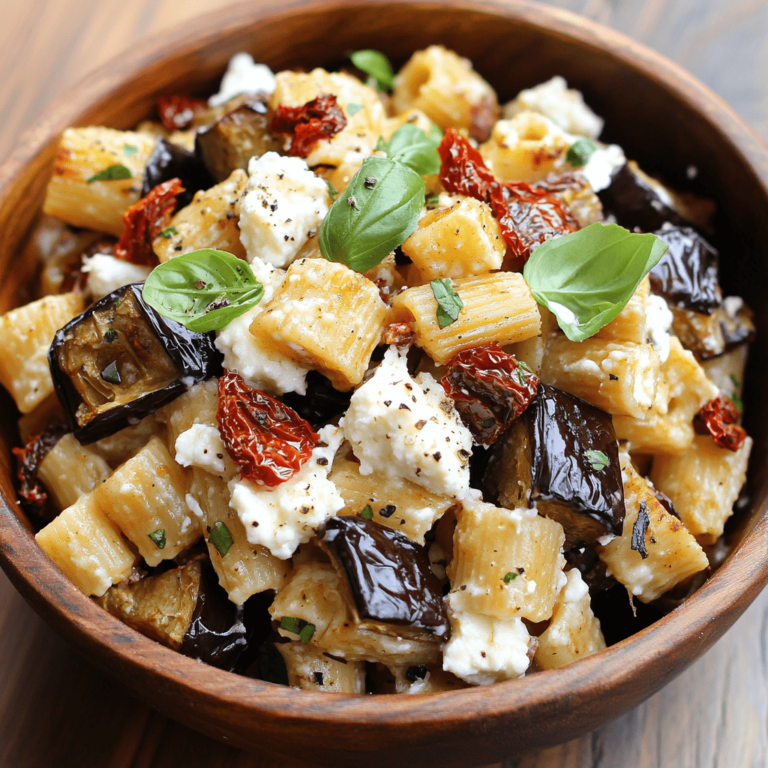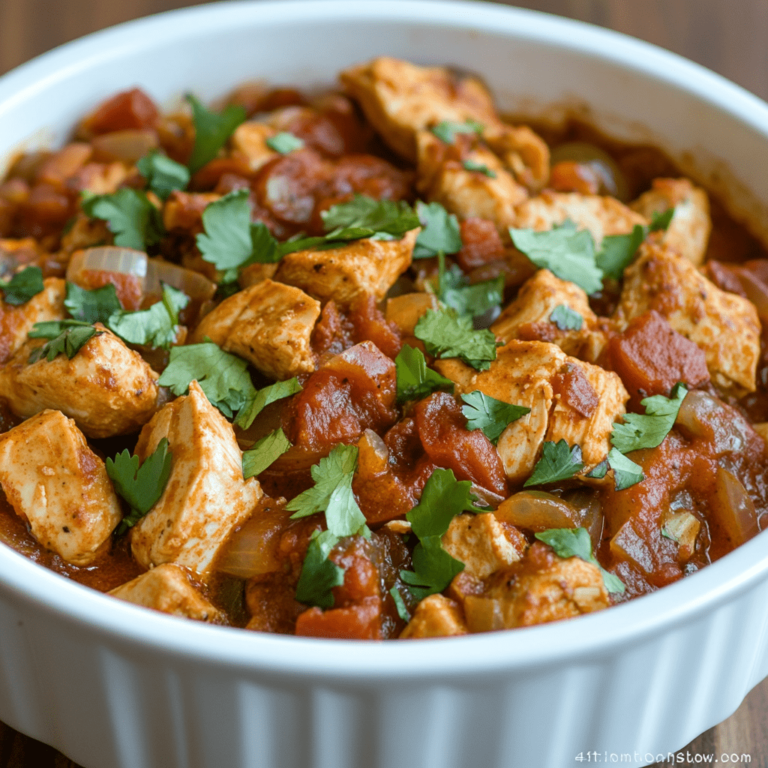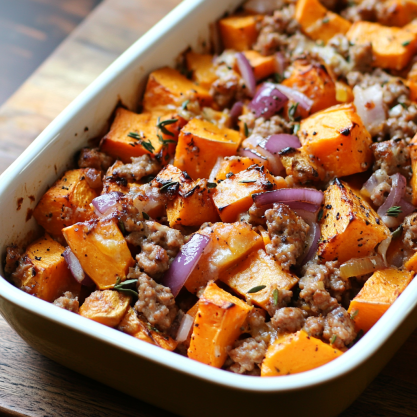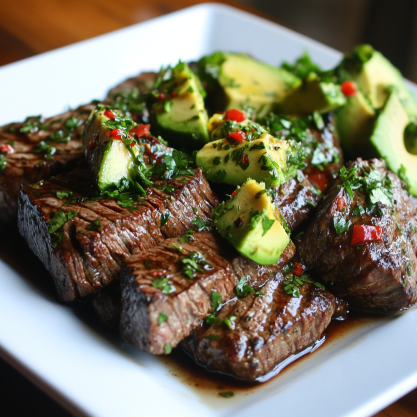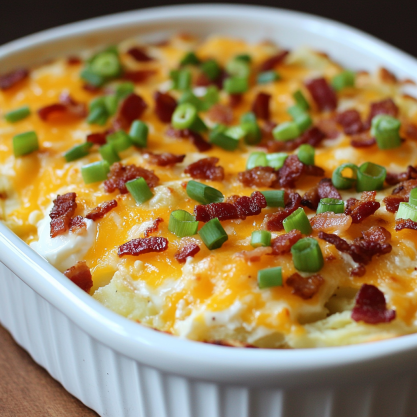How Long To Boil Every Kind of Pasta Ultimate Guide
Craving a perfect plate of pasta? You’re in the right place! This guide covers all you need to know about boiling pasta to perfection. We’ll explore pasta cooking times for different shapes and types, from spaghetti to penne.
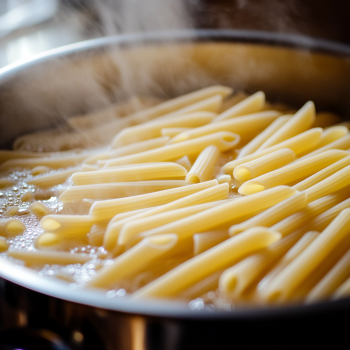
Ever wondered about the secret to al dente pasta? We’ve got you covered. You’ll learn the science behind getting that ideal texture and pick up tips to avoid common cooking mistakes. Whether you prefer fresh or dried pasta, this ultimate guide will help you become a pasta pro.
Get ready to impress your family and friends with your newfound pasta-cooking skills. Let’s dive in and master the art of boiling pasta!
Understanding the Basics of Pasta Cooking
Mastering pasta cooking is an art that brings joy to kitchens worldwide. The key lies in balancing pasta cooking times. This avoids overcooking or serving undercooked pasta. Let’s dive into the essentials of perfect pasta preparation.
The Science Behind Perfect Pasta Boiling
When pasta hits boiling water, starch molecules absorb water and swell. This process, called gelatinization, transforms raw pasta into a tender delight. Proteins in the pasta also change, creating that signature al dente texture we love.
Water-to-Pasta Ratio Explained
The right amount of water is crucial for even cooking. A good rule of thumb is 4 quarts of water per pound of pasta. This ensures your pasta has enough room to cook without sticking together.
Salt and Temperature Guidelines
Salt isn’t just for flavor – it helps season the pasta from within. Add about 1-2 tablespoons of salt per pound of pasta to your boiling water. As for temperature, a rolling boil is ideal for most pasta types.
“Pasta water should taste like the sea,” – Italian culinary wisdom
Remember, pasta cooking times vary by type and brand. Always check the package instructions, but start testing for doneness a minute or two before the suggested time. This helps you achieve that perfect texture every time.
How Long To Boil Every Kind of Pasta
Learning the right pasta cooking times is crucial for the perfect texture. We’ll look at how long to boil different pasta types. We’ll also cover the cooking times for fresh and dried pasta.
Short Pasta Cooking Times
Short pasta shapes like penne, fusilli, and farfalle cook in 8-12 minutes. Their small size helps them cook evenly. For the best texture, check them 2 minutes before the package says.
Long Pasta Cooking Times
Long pasta like spaghetti, linguine, and fettuccine need 9-13 minutes. Their length requires careful cooking to avoid sticking or breaking. Stir gently and check a strand often for the right consistency.
Specialty Pasta Cooking Times
Unique shapes like orecchiette or conchiglie take 12-15 minutes to cook. Their varied thicknesses mean taste-testing is key for perfect results.
Fresh vs. Dried Pasta Timing Differences
Fresh pasta cooks much faster than dried, in 2-4 minutes. Dried pasta takes longer because it’s denser. Always check the package, but trust your taste buds too.
“Pasta cooking is an art. The secret lies in understanding the unique characteristics of each shape and type.”
Remember, altitude and water temperature can change cooking times. Experiment to find your perfect pasta.
Mastering Al Dente Texture
Getting the perfect al dente pasta texture is an art. The Italian phrase “al dente” means “to the tooth.” It describes pasta that’s cooked but still firm when bitten. This balance of tenderness and slight resistance makes the pasta’s flavor and mouthfeel better.
Testing for Perfect Doneness
To check if pasta is al dente, take a single piece and bite into it. It should be cooked but still have a bit of firmness in the middle. If it feels chalky or hard, it’s not done yet. If it’s mushy, it’s overcooked.
Common Al Dente Mistakes
Many people overcook pasta, making it mushy. This takes away the satisfying bite of al dente. On the other hand, undercooked pasta can be tough. To avoid this, taste your pasta often as it cooks.
- Set a timer for 1-2 minutes less than the package instructions
- Taste test every 30 seconds until you reach the desired texture
- Remember, pasta continues to cook slightly after draining
Regional Preferences for Pasta Texture
In Italy, people have different preferences for pasta texture. The north likes it firmer, while the south prefers it slightly softer. In Rome, they serve pasta very al dente. This shows Rome’s love for a firmer texture. Try different cooking times to find your favorite al dente.
“Al dente is not just a preference, it’s a philosophy. It’s about respecting the pasta and allowing its true flavor to shine.” – Italian Chef Mario Batali
Alternative Pasta Varieties and Their Cooking Times
Pasta lovers with dietary restrictions or health-conscious eaters now have many options beyond traditional wheat pasta. Gluten-free pasta cooking times vary depending on the main ingredient. Rice-based pastas typically cook in 7-9 minutes, while corn-based varieties need 5-7 minutes. Quinoa pasta usually requires 6-8 minutes to reach the perfect texture.
Whole wheat pasta cooking times are generally longer than regular pasta. Most whole wheat varieties need 10-12 minutes to cook al dente. This extra time allows the denser texture to soften properly. Remember to stir occasionally to prevent sticking.
Legume-based pastas offer high protein content and cook quickly. Chickpea pasta is ready in about 5-7 minutes, while lentil pasta takes 8-10 minutes. These alternatives have a distinct flavor and texture that complements many sauces.
- Rice pasta: 7-9 minutes
- Corn pasta: 5-7 minutes
- Quinoa pasta: 6-8 minutes
- Whole wheat pasta: 10-12 minutes
- Chickpea pasta: 5-7 minutes
- Lentil pasta: 8-10 minutes
To achieve the perfect al dente texture with alternative pastas, taste-test frequently during cooking. The pasta should be firm but not crunchy. Drain immediately when ready to avoid overcooking. With practice, you’ll master cooking these healthier pasta options to perfection.
Recipe card
Ready to cook pasta like a pro? This handy recipe card shows how long to boil every kind of pasta. Keep it close for perfect pasta every time!
Equipment
- Large pot
- Colander
- Long-handled spoon
- Timer
Ingredients
- 4 quarts water
- 1 tablespoon salt
- 1 pound pasta

Instructions
- Bring water to a rolling boil in a large pot.
- Add salt to the boiling water.
- Add pasta and stir gently.
- Set timer based on pasta cooking times:
- Thin pasta (angel hair): 2-3 minutes
- Medium pasta (spaghetti, fettuccine): 6-8 minutes
- Thick pasta (penne, rigatoni): 10-12 minutes
- Test pasta 2 minutes before the suggested time.
- Drain pasta when it reaches desired texture.
Remember, pasta cooking times vary by type and brand. Always check the package instructions for specific guidance. With practice, you’ll master the art of cooking pasta to perfection!
Tips for Avoiding Common Pasta Cooking Mistakes
Cooking pasta seems simple, but many home chefs struggle to get it just right. Let’s explore some key tips to help you avoid common pitfalls and achieve pasta perfection every time.
Preventing Sticky Pasta
Sticky pasta is often the result of improper cooking techniques. To prevent this issue, use a large pot with plenty of water. This gives the pasta room to move freely while boiling pasta. Don’t add oil to the water – it’s a myth that this prevents sticking. Instead, stir the pasta occasionally during cooking.
Managing Water Temperature
Water temperature plays a crucial role in pasta cooking. Start with cold water and bring it to a rolling boil before adding pasta. Maintain this boil throughout the cooking process. If the water stops boiling, you risk undercooked pasta. On the flip side, excessive boiling can lead to overcooking pasta, resulting in a mushy texture.
Proper Stirring Techniques
Stirring is essential, but overdoing it can damage delicate pasta shapes. Stir gently once the pasta is added to the boiling water to prevent it from sticking together. After that, a few occasional stirs should suffice. Remember, stirring too vigorously can break long pasta strands or damage filled pasta like ravioli.
- Use a large pot with ample water
- Maintain a rolling boil
- Stir gently and occasionally
- Don’t add oil to the cooking water
By following these tips, you’ll be well on your way to cooking pasta like a pro, avoiding common mistakes that lead to undercooked or overcooked results.
Special Considerations for Different Pasta Dishes
Pasta dishes vary, each needing its own cooking approach. Knowing these differences is key to perfecting your pasta’s texture and taste.
Baked Pasta Pre-Cooking
For baked pasta, adjust cooking times. Boil pasta for about two-thirds of the package’s suggested time. This avoids mushiness during baking.
For instance, if the package says 10 minutes for al dente, boil for 6-7 minutes first. Then bake.
Cold Pasta Salad Preparation
Cold pasta salads need slightly overcooked pasta. This keeps it from becoming too hard when chilled. After boiling, rinse pasta under cold water.
This stops cooking and removes starch. It prevents pasta from sticking in your salad.
Make-Ahead Pasta Tips
Here are tips for making pasta ahead:
- Cook pasta al dente for better texture when reheated
- Toss cooked pasta with a bit of oil to prevent sticking
- Keep sauce separate to avoid soggy pasta
Remember, pasta cooking times change with each dish. Adjusting these times keeps your pasta just right, whether baked, cold, or made ahead.
“Pasta is all about timing. Master the cooking times for different dishes, and you’ll elevate your pasta game to new heights.”
Conclusion
Learning how long to boil pasta is key to making tasty meals. This guide has shown you the basics of cooking pasta. It covers everything from water-to-pasta ratios to getting the perfect al dente texture.
We’ve looked at cooking times for different pasta shapes. This helps you cook short, long, and specialty pastas with confidence. Now, you can prepare pasta for any meal with ease.
Using the right techniques is crucial. Avoid mistakes like overcooking or using too little water. Always check if your pasta is done to get that perfect bite. These tips will make your pasta dishes stand out, whether it’s for a quick dinner or a special event.
Feel free to try out different pasta types and cooking methods. Each pasta has its own best cooking time. With practice, you’ll make pasta dishes as good as a chef’s. So, get your pasta ready, fill the pot with water, and start cooking!
FAQ
How do I know when pasta is perfectly al dente?
Check for al dente pasta by biting into a piece 2 minutes before it’s done. It should feel firm but not hard. It should also have a slight resistance when bitten into, but no white core should show.
What’s the ideal water-to-pasta ratio for boiling?
Use 4 quarts of water for every pound of pasta. This keeps pasta from sticking. For smaller amounts, use 1 quart of water for 4 ounces of pasta.
How much salt should I add to the pasta water?
Add 1 to 2 tablespoons of salt for every pound of pasta. This seems like a lot, but most of it is thrown away. The salt makes the pasta taste better and seasons it as it cooks.
Should I add oil to the pasta water?
Don’t add oil to pasta water. It makes the sauce stick less to the pasta. Use plenty of water, stir, and cook the right time to avoid sticking.
How long should I cook fresh pasta compared to dried pasta?
Fresh pasta cooks faster than dried pasta. Dried pasta takes 8-12 minutes, while fresh takes 2-4 minutes. Always check the package and start testing early to avoid overcooking.
Can I use the same cooking times for whole wheat or gluten-free pasta?
Cooking times for whole wheat and gluten-free pasta differ from regular pasta. Whole wheat takes a bit longer, while gluten-free cooks faster. Always check the package and start testing early to avoid overcooking.
How do I prevent pasta from sticking together after draining?
To stop pasta from sticking, don’t rinse it unless for a cold salad. Toss it with sauce or olive oil right after draining. If not serving immediately, use butter or oil to keep it separate.
Is it necessary to rinse pasta after cooking?
Usually, don’t rinse pasta after cooking. The starch helps the sauce stick. But rinse for cold salads or stir-fries to cool the pasta quickly.
How can I adjust cooking times for high-altitude locations?
At high altitudes, water boils slower, so pasta cooks longer. Add 1 minute for every 1,000 feet above sea level. Start checking early and adjust as needed.
Can I cook different shapes of pasta together?
Cook pasta shapes with similar times together. If mixing shapes, add longer-cooking ones first. Then add quicker ones. Stir gently to prevent sticking.

This guide covers all you need to know about boiling pasta to perfection
Equipment
- Large pot
- Colander
- Long-handled spoon
- Timer
Ingredients
- 4 quarts water
- 1 tablespoon salt
- 1 pound pasta
- Instructions
Instructions
- Bring water to a rolling boil in a large pot.
- Add salt to the boiling water.
- Add pasta and stir gently.
- Set timer based on pasta cooking times:
- Thin pasta (angel hair): 2-3 minutes
- Medium pasta (spaghetti, fettuccine): 6-8 minutes
- Thick pasta (penne, rigatoni): 10-12 minutes
- Test pasta 2 minutes before the suggested time.
- Drain pasta when it reaches desired texture.


